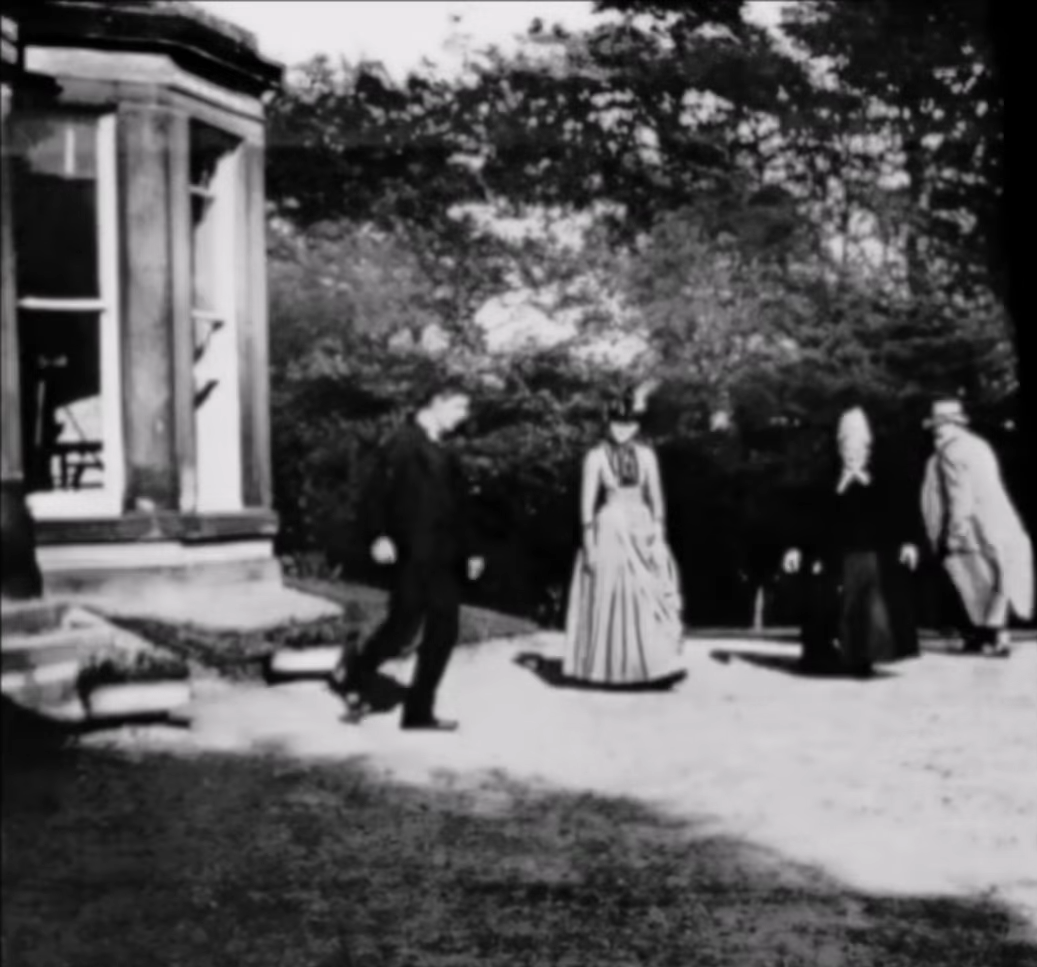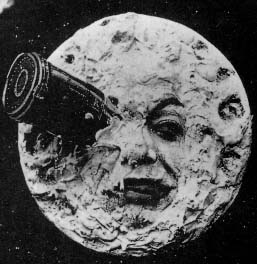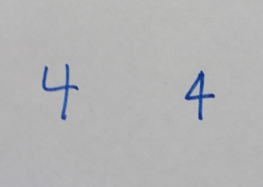|
The Defender (2004 Film)
''The Defender'' is a 2004 British-German action film starring and directed by Dolph Lundgren in his directorial debut. The film also co-stars Jerry Springer, Shakara Ledard, Thomas Lockyer and Caroline Lee Johnson. The film was released on direct-to-video in the United States on October 18, 2005. Dolph Lundgren plays Lance Rockford, who must set aside his values and patriotism to protect the life of the world's greatest terrorist so that he does not become a martyr for his cause. Plot The global war on terror rages on. The United States will not give an inch against terrorists, especially Mohamed Jamar, who is considered to be the worst of them all. Jamar has been missing for months, but his network continues its functions. The President stands firm before the world, but behind the scenes, his teams are working to find the final solution. Jamar represents a paradox: he can never be killed, because if he was found dead, he would become an instant martyr. If caught he must be ... [...More Info...] [...Related Items...] OR: [Wikipedia] [Google] [Baidu] |
Dolph Lundgren
Hans "Dolph" Lundgren (, ; born 3 November 1957) is a Swedish actor, filmmaker, and martial artist. Lundgren made his acting debut in 1985 with a cameo in the List of James Bond films, James Bond film ''A View to a Kill''. Also that year, he had his breakthrough in Sylvester Stallone's ''Rocky IV'', in which he played the lead villain as the imposing Soviet Union, Soviet boxer Ivan Drago. Lundgren went on to play lead roles in over 80 action-oriented films including ''Masters of the Universe (1987 film), Masters of the Universe'' (1987), ''Red Scorpion'' (1988), ''The Punisher (1989 film), The Punisher'' (1989), ''I Come in Peace'' (1990), ''Showdown in Little Tokyo'' (1991), ''Joshua Tree (1993 film), Joshua Tree'' (1993), ''Men of War (film), Men of War'' (1994), ''Silent Trigger'' (1996), and ''Blackjack (1998 film), Blackjack'' (1998). He continued playing villainous roles, most notably as Sergeant Andrew Scott in three ''Universal Soldier (film series), Universal Soldier'' ... [...More Info...] [...Related Items...] OR: [Wikipedia] [Google] [Baidu] |
Gerald Kyd
Gerald Kyd (born Gerasimos Avvakoumides in 1973 in Pretoria, South Africa) is a half-Greek, half-Scottish actor. Kyd starred as Sean Maddox in the BBC medical drama ''Casualty'' from 1998 until 2000. He later reprised the role for a few episodes in 2006. Filmography Films Television Theatre credits * ''The Seagull'' – Boris Trigorin Royal Shakespeare Company * ''Cyrano De Bergerac'' – Chevalier D'Antignac-Juzet * ''The Prophet in Exile'' – Khalil Gibran * ''The Pit and the Pendulum'' – William * '' Loves Labours Lost'' – King Ferdinand-ETT * '' Deathtrap'' – Clifford Anderson * ''The Local Stigmatic '' – David- Lyric Hammersmith * ''The Ramayana'' – Rama- Birmingham * ''Richard II'' – Henry Hotspur Percy – Globe Theatre * ''Edward II'' – Gaveston – Globe * ''Revelations'' – Tony – Hampstead * ''Conversations in Havana'' – Che * ''The Three Musketeers'' – Athos- Bristol Old Vic * '' Blood and Gifts'' – Colonel Afridi – Royal National The ... [...More Info...] [...Related Items...] OR: [Wikipedia] [Google] [Baidu] |
Films Shot In Bucharest
A film, also known as a movie or motion picture, is a work of visual art that simulates experiences and otherwise communicates ideas, stories, perceptions, emotions, or atmosphere through the use of moving images that are generally, since the 1930s, synchronized with sound and (less commonly) other sensory stimulations. Etymology and alternative terms The name "film" originally referred to the thin layer of photochemical emulsion on the celluloid strip that used to be the actual medium for recording and displaying motion pictures. Many other terms exist for an individual motion-picture, including "picture", "picture show", "moving picture", "photoplay", and "flick". The most common term in the United States is "movie", while in Europe, "film" is preferred. Archaic terms include "animated pictures" and "animated photography". "Flick" is, in general a slang term, first recorded in 1926. It originates in the verb flicker, owing to the flickering appearance of early films. ... [...More Info...] [...Related Items...] OR: [Wikipedia] [Google] [Baidu] |
Films Set In Washington, D
A film, also known as a movie or motion picture, is a work of visual art that simulates experiences and otherwise communicates ideas, stories, perceptions, emotions, or atmosphere through the use of moving images that are generally, since the 1930s, synchronized with sound and (less commonly) other sensory stimulations. Etymology and alternative terms The name "film" originally referred to the thin layer of photochemical emulsion on the celluloid strip that used to be the actual medium for recording and displaying motion pictures. Many other terms exist for an individual motion-picture, including "picture", "picture show", "moving picture", "photoplay", and "flick". The most common term in the United States is "movie", while in Europe, "film" is preferred. Archaic terms include "animated pictures" and "animated photography". "Flick" is, in general a slang term, first recorded in 1926. It originates in the verb flicker, owing to the flickering appearance of early films ... [...More Info...] [...Related Items...] OR: [Wikipedia] [Google] [Baidu] |
Films Set In Romania
A film, also known as a movie or motion picture, is a work of visual art that simulates experiences and otherwise communicates ideas, stories, perceptions, emotions, or atmosphere through the use of moving images that are generally, since the 1930s, synchronized with sound and (less commonly) other sensory stimulations. Etymology and alternative terms The name "film" originally referred to the thin layer of photochemical emulsion on the celluloid strip that used to be the actual medium for recording and displaying motion pictures. Many other terms exist for an individual motion-picture, including "picture", "picture show", "moving picture", "photoplay", and "flick". The most common term in the United States is "movie", while in Europe, "film" is preferred. Archaic terms include "animated pictures" and "animated photography". "Flick" is, in general a slang term, first recorded in 1926. It originates in the verb flicker, owing to the flickering appearance of early films. ... [...More Info...] [...Related Items...] OR: [Wikipedia] [Google] [Baidu] |
Films Directed By Dolph Lundgren
A film, also known as a movie or motion picture, is a work of visual art that simulates experiences and otherwise communicates ideas, stories, perceptions, emotions, or atmosphere through the use of moving images that are generally, since the 1930s, synchronized with sound and (less commonly) other sensory stimulations. Etymology and alternative terms The name "film" originally referred to the thin layer of photochemical emulsion on the celluloid strip that used to be the actual medium for recording and displaying motion pictures. Many other terms exist for an individual motion-picture, including "picture", "picture show", "moving picture", "photoplay", and "flick". The most common term in the United States is "movie", while in Europe, "film" is preferred. Archaic terms include "animated pictures" and "animated photography". "Flick" is, in general a slang term, first recorded in 1926. It originates in the verb flicker, owing to the flickering appearance of early films ... [...More Info...] [...Related Items...] OR: [Wikipedia] [Google] [Baidu] |
Films About Terrorism
A film, also known as a movie or motion picture, is a work of visual art that simulates experiences and otherwise communicates ideas, stories, perceptions, emotions, or atmosphere through the use of moving images that are generally, since the 1930s, synchronized with sound and (less commonly) other sensory stimulations. Etymology and alternative terms The name "film" originally referred to the thin layer of photochemical emulsion on the celluloid strip that used to be the actual medium for recording and displaying motion pictures. Many other terms exist for an individual motion-picture, including "picture", "picture show", "moving picture", "photoplay", and "flick". The most common term in the United States is "movie", while in Europe, "film" is preferred. Archaic terms include "animated pictures" and "animated photography". "Flick" is, in general a slang term, first recorded in 1926. It originates in the verb flicker, owing to the flickering appearance of early films. ... [...More Info...] [...Related Items...] OR: [Wikipedia] [Google] [Baidu] |
American Action Films
American(s) may refer to: * American, something of, from, or related to the United States of America, commonly known as the "United States" or "America" ** Americans, citizens and nationals of the United States of America ** American ancestry, people who self-identify their ancestry as "American" ** American English, the set of varieties of the English language native to the United States ** Native Americans in the United States, indigenous peoples of the United States * American, something of, from, or related to the Americas, also known as "America" ** Indigenous peoples of the Americas * American (word), for analysis and history of the meanings in various contexts Organizations * American Airlines, U.S.-based airline headquartered in Fort Worth, Texas * American Athletic Conference, an American college athletic conference * American Recordings (record label), a record label that was previously known as Def American * American University, in Washington, D.C. Sports teams S ... [...More Info...] [...Related Items...] OR: [Wikipedia] [Google] [Baidu] |
2000s English-language Films
S, or s, is the nineteenth letter of the Latin alphabet, used in the English alphabet, the alphabets of other western European languages and other latin alphabets worldwide. Its name in English is ''ess'' (pronounced ), plural ''esses''. History Northwest Semitic šîn represented a voiceless postalveolar fricative (as in 'ip'). It originated most likely as a pictogram of a tooth () and represented the phoneme via the acrophonic principle. Ancient Greek did not have a "sh" phoneme, so the derived Greek letter Sigma () came to represent the voiceless alveolar sibilant . While the letter shape Σ continues Phoenician ''šîn'', its name ''sigma'' is taken from the letter ''Samekh'', while the shape and position of ''samekh'' but name of ''šîn'' is continued in the '' xi''. Within Greek, the name of ''sigma'' was influenced by its association with the Greek word (earlier ), "to hiss". The original name of the letter "Sigma" may have been ''san'', but due to the e ... [...More Info...] [...Related Items...] OR: [Wikipedia] [Google] [Baidu] |
2004 Directorial Debut Films
4 (four) is a number, numeral and digit. It is the natural number following 3 and preceding 5. It is a square number, the smallest semiprime and composite number, and is considered unlucky in many East Asian cultures. Evolution of the Hindu-Arabic digit Brahmic numerals represented 1, 2, and 3 with as many lines. 4 was simplified by joining its four lines into a cross that looks like the modern plus sign. The Shunga would add a horizontal line on top of the digit, and the Kshatrapa and Pallava evolved the digit to a point where the speed of writing was a secondary concern. The Arabs' 4 still had the early concept of the cross, but for the sake of efficiency, was made in one stroke by connecting the "western" end to the "northern" end; the "eastern" end was finished off with a curve. The Europeans dropped the finishing curve and gradually made the digit less cursive, ending up with a digit very close to the original Brahmin cross. While the shape of the character ... [...More Info...] [...Related Items...] OR: [Wikipedia] [Google] [Baidu] |
2004 Action Films
4 (four) is a number, numeral and digit. It is the natural number following 3 and preceding 5. It is a square number, the smallest semiprime and composite number, and is considered unlucky in many East Asian cultures. Evolution of the Hindu-Arabic digit Brahmic numerals represented 1, 2, and 3 with as many lines. 4 was simplified by joining its four lines into a cross that looks like the modern plus sign. The Shunga would add a horizontal line on top of the digit, and the Kshatrapa and Pallava evolved the digit to a point where the speed of writing was a secondary concern. The Arabs' 4 still had the early concept of the cross, but for the sake of efficiency, was made in one stroke by connecting the "western" end to the "northern" end; the "eastern" end was finished off with a curve. The Europeans dropped the finishing curve and gradually made the digit less cursive, ending up with a digit very close to the original Brahmin cross. While the shape of the character f ... [...More Info...] [...Related Items...] OR: [Wikipedia] [Google] [Baidu] |







